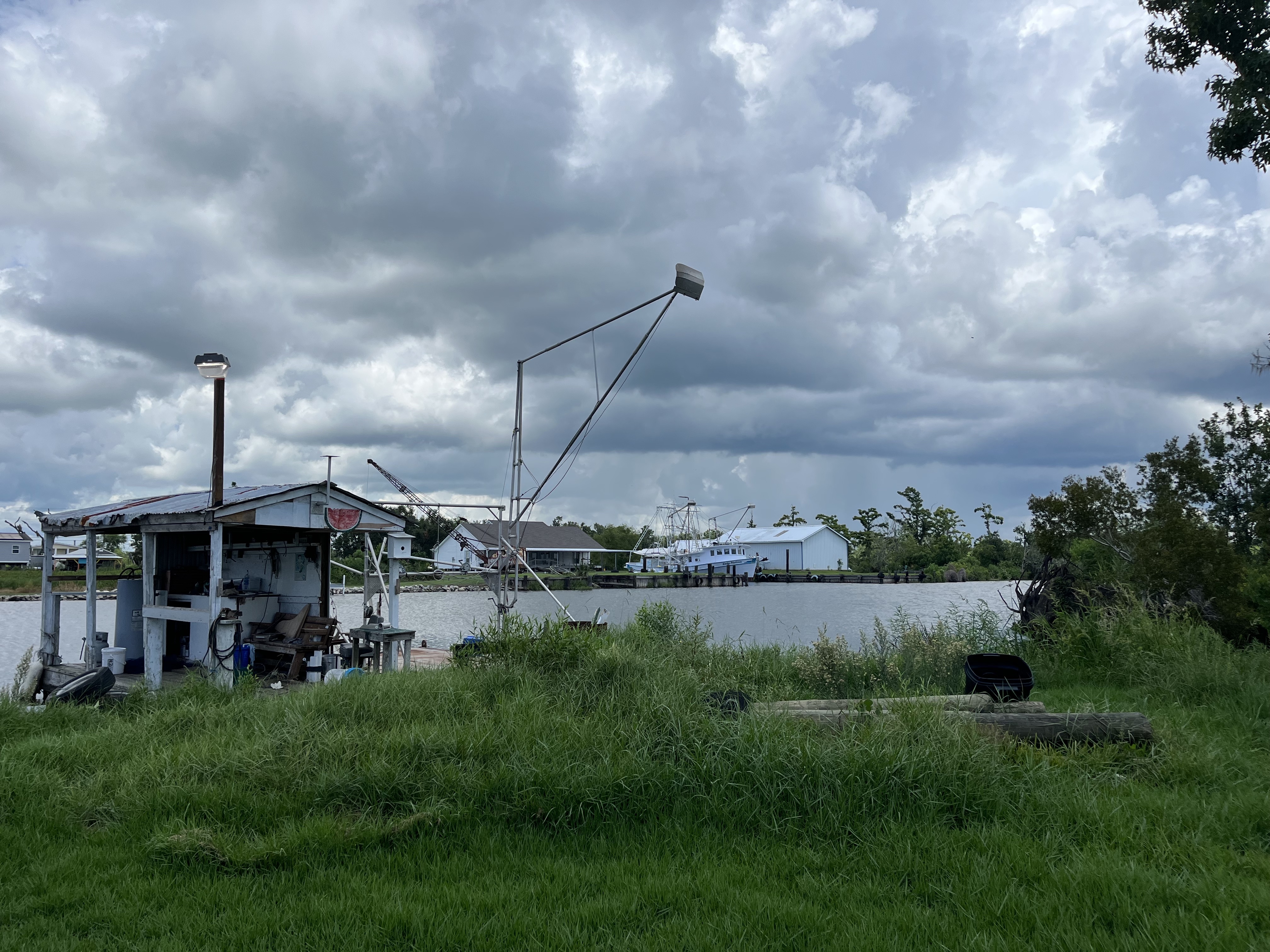The aftermath of Hurricane Ida underscores Louisiana tribes' needs and right to federal recognition.
Chief Shirell Parfait-Dardar has led her tribe through many hurricanes.
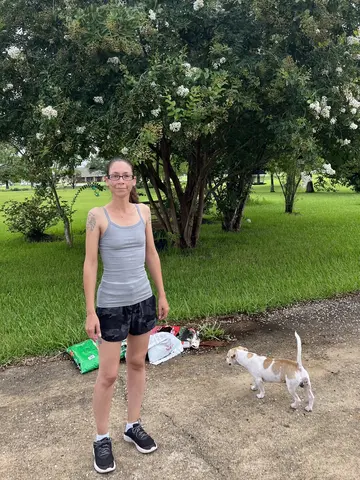
But Hurricane Ida was different.
“So many people lost their homes,” she said. “We had never seen anything like that before.”
Thousands of people in Terrebonne Parish, Louisiana, returned to uninhabitable homes in September 2021.
She and her husband built their home with their bare hands in Dulac, where her tribe, the Grand Caillou/Dulac (GCD) Band of Biloxi-Chitimacha-Choctaw, call home.
The fishing industry is the heart of the bayou communities. The bayou waters run between strips of wooden homes like veins stretching for miles. Knee-high bushels of grass line the brackish water’s edge. Shrimping boats with tall metal beams and worn nets wade in the water in view from back porches.
Though tranquil, these communities are prone to severe storms.
Hurricane Ida twisted the foundation of Parfait-Dardar’s house. It was dangerous to even enter the home to salvage what they could—let alone live in it.
“The further down you came, the worse it got,” Parfait-Dardar said. “And all I could think about was ‘What are we going to do? How are we going to help these people?’”
Native American tribes have supported themselves off of the bayou on the Louisiana coast for centuries. But the oil and gas industry’s onshore pipelines have accelerated the loss of wetlands— removing their defense against storm surges and sea level rise. The GCD tribe and the Isle de Jean Charles Band of Biloxi-Chitimacha-Choctaw (IdjC) tribe lose 0.7% each year, which is more than two times the nation’s highest rate of wetlands loss. In addition, climate change is increasing the intensity of hurricanes.
So when hurricanes strike, the tribes are further isolated while in dire need of help.
More than a thousand people in Terrebonne Parish were without electricity nearly a month after the storm. Cell service on any given day on the bayou is spotty. It took weeks for service to be restored. Gas was scarce.
Terrebonne Parish was ground zero for Hurricane Ida, FEMA confirmed. Yet it took months for FEMA’s programs to reach the bayou, public records show.
Since these tribes aren’t recognized by the federal government, it is much harder to get aid, attention, or a seat at the decision-making table with government entities.
As tribes on the Louisiana coast become increasingly vulnerable to disasters, it’s crucial for FEMA programs to find the means to reach them.
Disaster recovery centers
Dulac isn’t easy to get to, especially after a category 4 hurricane like Ida. Grand Caillou Road is the most reliable route to Houma, the nearest city that’s about 30 minutes away. But flooding, debris and damage to vertical lift bridges made traveling in and out of the bayou extremely challenging after the hurricane.
FEMA sets up Disaster Recovery Centers (DRC) to help survivors navigate its disaster recovery assistance as well as answer pressing questions. DRCs were first established in Jefferson and Orleans, the more populated parishes. It took nearly a month before Terrebonne got a DRC in Houma. The DRCs did not have French speakers to translate for the tribal elders, who speak French.
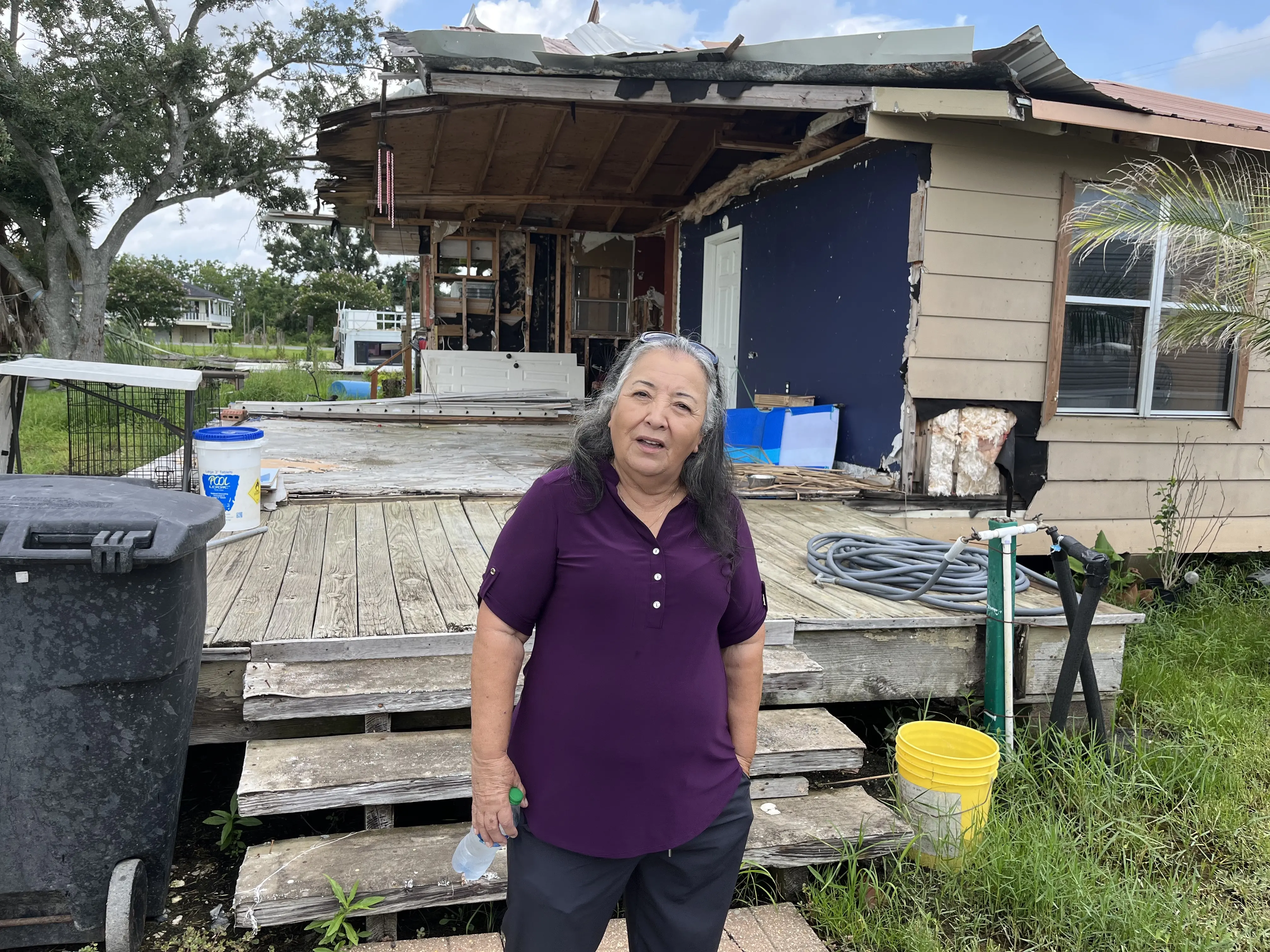
Traveling to those DRCs was extremely difficult for the lower Terrebonne residents, especially as they were still reeling from the storm. For situations like this, FEMA establishes temporary disaster recovery centers in an effort to reach underserved communities.
But it took three months for the communities south of Houma to get a single temporary DRC. The temporary DRC opened in Montegut at the end of November 2021 and closed at the end of January 2022.
Montegut is close to the PaC tribe in Pointe aux Chene, where the eye of the storm passed over. Sixty-eight of the 80 homes in that community were damaged by Ida—leaving just 12 tribal homes livable, according to the tribe.
But the temporary DRC was a 22 minute drive for the IdjC tribe in Isle de Jean Charles, where only one home was left habitable, the tribe confirmed. For the tribe in Dulac, it’s about a 30-minute drive.
“When you're struggling for resources, you have to choose between putting gas in a generator to keep some food cold and putting gas in a vehicle to drive almost an hour away just to talk to people that don't understand you,” Parfait-Dardar said. “ You're gonna keep the gas for the generator. That's survival.”
Disaster Survivor Assistance Teams
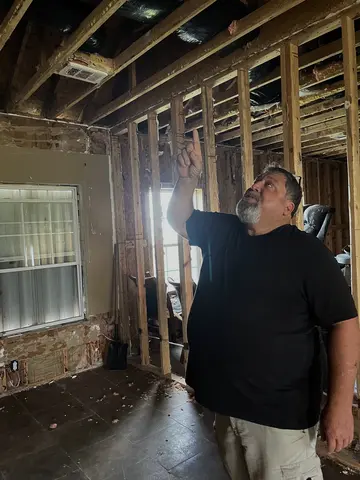
FEMA’s Disaster Survivor Assistance Teams (DSAT) are another effort to help storm survivors navigate bureaucracy and receive aid.
These small crews arrive days after disasters. Registering survivors for aid is one of their main priorities.
But a FOIA request to FEMA found that DSATs helped only 2% of Terrebonne’s Hurricane Ida applicants apply for aid.
Nearly 40% of Terrebonne’s population applied for FEMA aid. Without sufficient access to DRCs and DSAT crews, most applicants had to figure out how to submit the complicated forms on their own. And thousands of those applicants were rejected.
DSAT has existed by this name since 2013, but FEMA has sent teams door-to-door in disaster recoveries since FEMA was formed in the 1970s, said Kurt H. Pickering, a FEMA representative.
“Over the course of the disaster, the most important thing that they do is make sure everybody got a chance to register,” Pickering said.
According to these records, the greatest number of people the DSA teams helped register were in Terrebonne for Ida. DSA specialists helped 893 Terrebonne parish residents register out of the 42,338 who applied.
Though Terrebonne was a priority for the DSAT program, according to Pickering, the help still didn’t begin to meet the need.
The vast majority of registrations statewide came via FEMA’s tele-registration number and registration website, said Pickering. But for areas without adequate phone and internet access—especially after a storm, DSAT work is critical.
“Terrebonne was ground zero for Ida, and as such it was a center for DSAT work,” Pickering said.
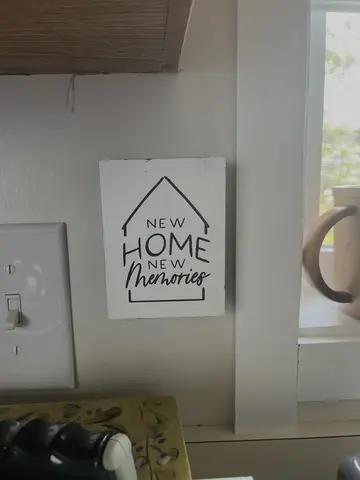
As long as there is WiFi and electricity, DSATs can use their tablets or survivors’ own devices to register them. FEMA provides generators and satellite phones for the specialists only under certain conditions, Pickering explained. But neither was used after Hurricane Ida, according to Pickering.
Power was out in Terrebonne for a month or more, so few had access to WiFi in the weeks after Ida. This limited DSATs assistance in the area.
If these state-recognized tribes had federal recognition, they would be able to apply for public assistance on behalf of the whole tribe and communicate their needs directly to FEMA. Without federal recognition, each household is left to apply on their own.
Among the reasons tribes have been denied federal recognition, tribal leaders say, is that the government requires proof that they are a cohesive, distinct tribe. That challenge gets harder as more residents are displaced by storms and rising waters. Many see the federal government’s failure to recognize the tribes as continuing the legacy of mistreatment that has left them so vulnerable.
“Still today the attempts at genocide continue,” Parfait-Dardar said. “They say we have to be recognized for us to be able to communicate with FEMA, for us to be able to say, ‘Hey, we need a seat at the table to talk about what this community needs.’”


